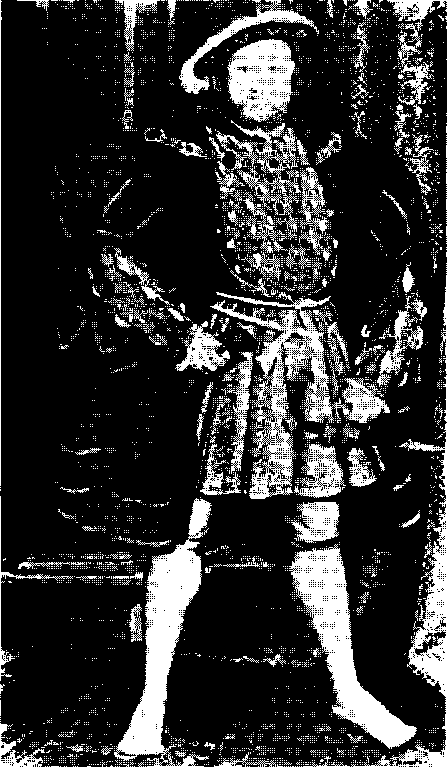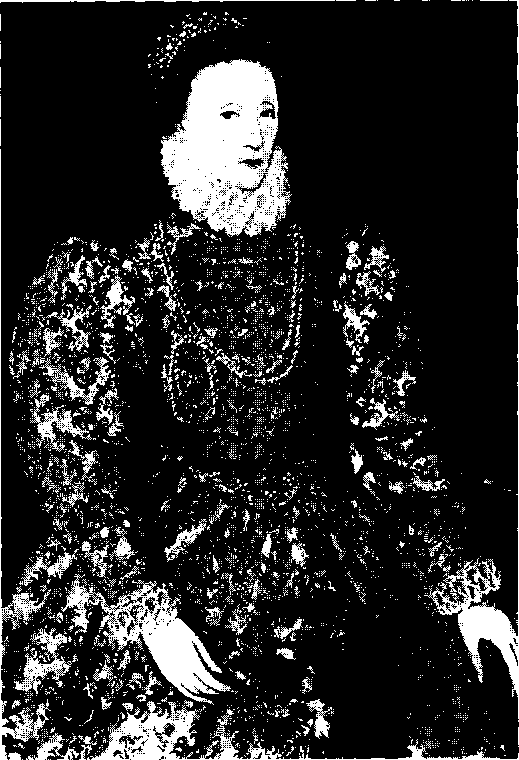
- •1.1Flags and National Symbols
- •1.1.3 London
- •1.3 History
- •1.3.1 Pre-Roman England
- •1.3.2 Roman Britain
- •1.3.3 The Anglo-Saxons, Celts, Vikings and the Dark Ages
- •1.3.4 The Norman Invasion
- •1.3.5 Norman and Other English Castles
- •1.3.6 The Tudors
- •1.3.7 Civil War and Oliver Cromwell
- •1.3.9 The British Empire
- •1.3.10 World War 1 and the /inter-wai/ years
- •1.4 Language
- •1.5.1 System of Government
- •1.5.2 System of Education
- •Infant School or Primary School
- •1.5.3 Law
- •1.5.4 Religion
- •1.6 Mass media
- •2.1 Flag and National Symbols
- •2.2.1 Physical Geography
- •2.2.2 Human Geography and Demographics
- •2.2.3 Washington dc
- •2.2.4 New York
- •2.3 History
- •2.3.1 Native Americans
- •2.3.2 Immigration and the creation of the usa
- •200 Mies
- •2.3.3 Racial inequality and the Civil War
- •2.3.4 Growth and expansion
- •2.3.5 The rise of modern America after ww1
- •2.4 Language
- •2.5.1 System of Government
- •2.5.2 System of Education
- •I.Fa gui
- •2.5.3 Law
- •2.5.4 Religion
- •2.6 Mass media
1.3.6 The Tudors

Henry VIII in a famous portrait by Hans Holbein right
Several significant pieces of legislation were passed during Henry VIII's reign. They included the several Acts which severed the English Church from the Roman Catholic Church and established Henry as the head of the Protes-
tant Church of England, the Acts of Union 1536-1543 (which united England and Wales into one nation) and the Witchcraft Act 1542, which punished "invoking or conjuring an evil spirit" with death.
Henry is known to have been an avid gambler and dice player. He excelled at sport - especially royal tennis - during his youth. He was also an accomplished musician, author, and poet; according to legend, he wrote the popular folk song "Greensleeves", still played today.

Elizabeth I (1533 -1603) was Queen of England and Queen of Ireland from 1558 until her death. Sometimes referred to as The Virgin Queen or Good Queen Bess, Elizabeth I was the fifth and last monarch of the Tudor dynasty. She reigned during a period of great religious turmoil in English history when Catholics attempted to regain the throne, at one point through Elizabeth's sister, Mary Queen of Scots.
Elizabeth's reign is referred to as the Elizabethan era or the Golden Age and was marked by many changes in English culture. William Shakespeare, Christopher Marlowe, and Ben Jonson all wrote during this era. In addition, Francis Drake became the first Englishman to circumnavigate the globe as well as leading the defence against the Spanish Armada during the major war with Spain during Elizabeth's reign; Francis Bacon laid out his philosophical and political views; and the English colonisation of North America took place under Sir Walter Raleigh and Sir Humphrey Gilbert. Elizabeth was short-tempered and had a very strong character which probably saved her from bad political and marital alliances. She never married and ruled for 45 years.
Elizabeth 1 left
Virginia, an English colony in North America and afterwards a member of the United States, was named after Elizabeth I, the "Virgin Queen".
1.3.7 Civil War and Oliver Cromwell
The major English Civil War broke out in 1642, largely as a result of an ongoing series of conflicts between the then King, Charles I, who wanted more power
- 1.3.8 The Industrial Revolution
From about 1750, there was massive change as a largely agrarian society was
transformed by technological advances and increasing mechanisation, which was
the Industrial Revolution. Much of the agricultural workforce was uprooted from
the countryside and moved into large urban centres of production, as the steam-
based production factories could undercut the traditional cottage industries, due
to economies of scale and the increased output per worker made possible by new
technology. The consequent overcrowding into areas with little supporting infra-
structure saw dramatic increases in the rise of infant mortality, social problems and
many workers saw their livelihoods threatened by new technology. Of these, some
frequently sabotaged or attempted to sabotage factories. These saboteurs were
known as "Luddites".
The English economy boomed as the processing of raw materials such as cotton
and iron, and manufacture of goods in parallel with the growth of cities and major conurbations forever changed the face of England.
